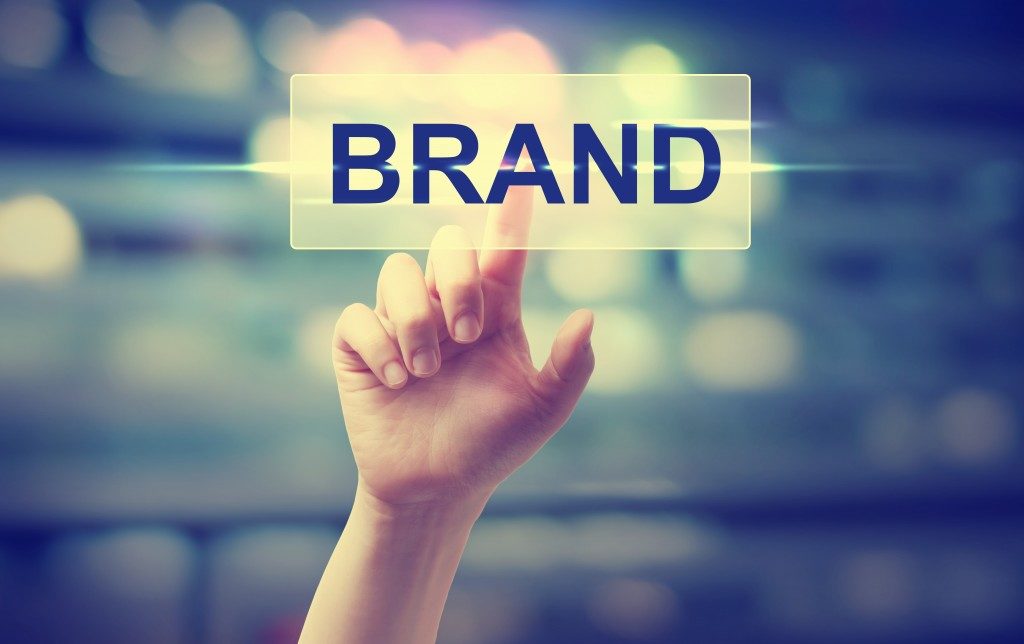Before, branding focused on the logo. It’s a given since it’s like a company’s ID. However, with the rise of various digital platforms, marketing has leveled up to more products where branding is needed, as well. Web design, email marketing, social media are now utilized for advertising.
As a result, a company’s branding stretched out to fonts, colors, graphics, etc. This is where the role of effective graphic design in Utah comes in because good branding should tap into people’s behavior and capture the brand’s personality.
What is a brand?
A brand is the aesthetics used by companies to identify themselves. Graphics, fonts, words—these are part of branding. When used together, they create a brand identity.
For example, when you see the Walt Disney font, even when used to type other words, the brain immediately associates it to Disney. Same with “Just Do It” and Nike.
However, it’s more than just an identity. Branding—successful branding—evokes customers’ emotions. The collective appeal of the brand should convey the message the company wants to present to its audience.
Psychology in design

There’s a lot of manipulation involved in graphic design. This is why we can’t put down our phones and get stuck in endless scrolling—and a lot more.
Gestalt principles
Gestalt happens when the brain completes particular objects or patterns on its own. For example, a page’s call-to-action appears as a button because closed shapes demand the attention of the eyes. In menus, categories are often placed close to each other so that readers will perceive them as a group.
Something as simple as an arrow can tell the audience about the next step they should take. This is because the eyes tend to follow lines, especially curved ones.
Colors
Do you ever wonder why notifications and badges are always in color red? This is a prime example of using colors to influence a person’s mind and behavior. Red is passionate and aggressive, therefore creating a sense of urgency. As a result, people always feel the need to open their notifications.
On the other hand, blue gives a feeling of security. It is commonly used in corporations such as banks and real estate because it triggers trust. Blue is also less likely to be used in food because it suppresses the appetite, probably because it evokes sadness.
Knowing the psychology in colors helps graphic designers know what to use and what not to use for the brand. This also factors in how brand personality can be portrayed in design.
Brand personality
Graphic designers can’t work on branding without knowing the character of the company. Along with the designer’s research, the client should give a brief containing information about their demographics, their vision or purpose, and the kind of “vibe” they are aiming for.
Does the company want to target millennials, teens, or adults? Do they want an upbeat theme or a sleek, professional one? What gender do they cater to?
Details like these can determine the branding of a company because each demographic requires different styles.
There’s more to branding than just its logo as there’s more to design than just aesthetics. Psychology and research are essential to achieving a successful brand identity.

